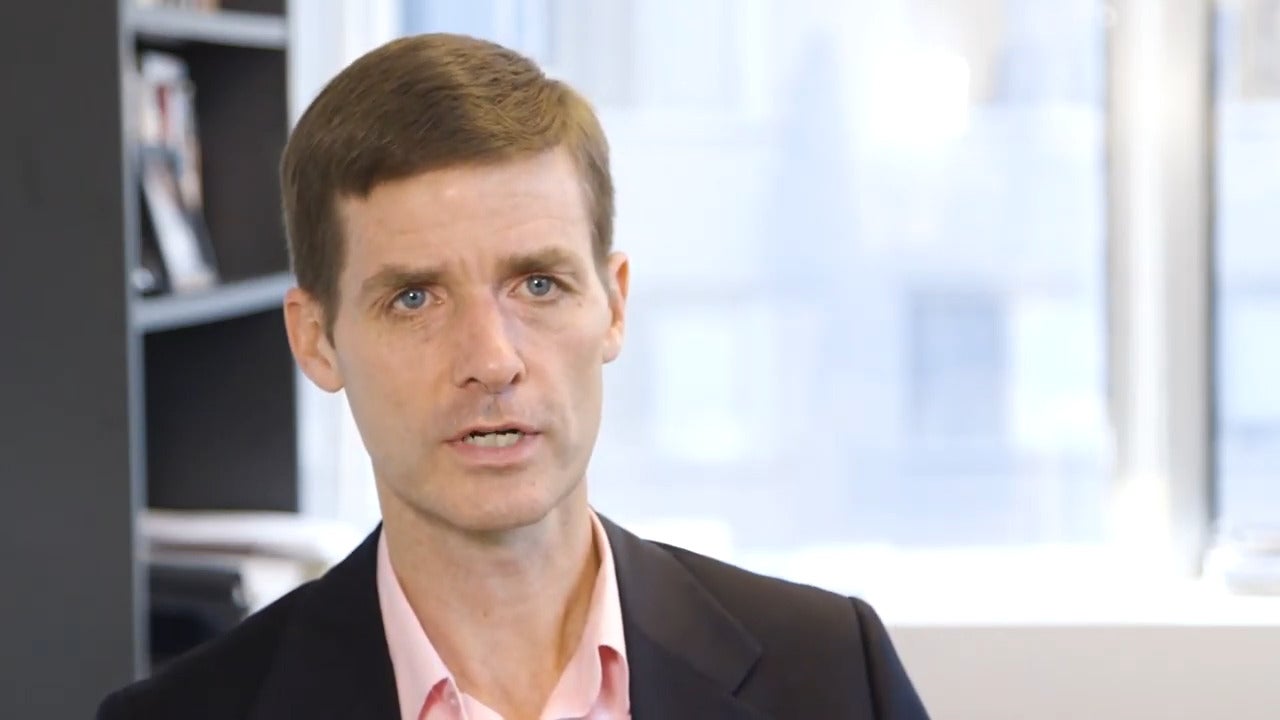The consumer landscape in the US is changing; as Latinos become a more prominent part of the consumer market, companies must adapt to the diversifying cultural dynamics. According to Forbes, “there are 131 million multicultural Americans, making up 37.5% of the U.S. population, with Hispanics accounting for the largest portion at64 million people or 19.6%.” The power of the Latino community goes further than this, with a projected 1.7 trillion dollars in purchasing power by 2020, according to L’Attitude. However, adaptation goes beyond marketing gimmicks and it is about developing real knowledge of what makes Latinos tick.
To gain insight into how companies can take advantage of this growing consumer sector, we spoke to Carlos Garcia, a successful entrepreneur, and expert on the Latino market. He has built
Finhabits with a focus on cultural competency as the key differentiating factor to attract Latinos. This means using behavioral data to understand how culture shapes consumer behaviors and decision-making. Garcia asserts that only through harnessing the power of data can you build a successful one to one relationship with a customer. Garcia believes that the data is so powerful that Finhabits is designed around sending the right message at the right time to nudge people into making the right choices. Thinking of withdrawing money with the market drops? Finhabits predicts this behavior and delivers a message to keep you on the right track. Garcia attributes the success of Finhabits to its use of data and a culturally-oriented mission. The case of Garcia and Finhabits illustrates the importance of listening to consumers and tailoring offerings based on their particular circumstances. For example, because many Latinos’s income varies from month to month, the Finhabits app has the flexibility to start, stop, or increase deposits at any time. Finhabits was created to fill the knowledge gap of financial services for people without experience with investing or a trusting relationship with financial institutions; in particular, Latinos. Garcia drew from his personal experience – knowing that many Latinos, like those in his community growing up, do not have access to retirement savings. Latinos work hard, sometimes working two to three jobs, but they do not invest their money to make it work for them. Personal finance is not taught in school nor is it discussed around the dinner table. This phenomenon is not unique to Latino culture but does present an opportunity to help someone who did not grow up learning personal finance. That is why he created Finhabits to educate, empower and give Latinos the tools to build wealth for the community.
Another example of how cultural fluency translates into business success is understanding their circumstances. Knowing that Latinos’ own cell phone use is ubiquitous at higher rates than other demographic groups, Garcia was also able to use this cultural intel, ensuring that the content was designed for dissemination on mobile devices, making it more likely Latinos would access the information. On the education front, Garcia also realized that many successful business owners lacked the skills to take their businesses to the next level. Finhabits has developed business classes for Latino business owners to increase their annual revenues from $100,000 to $1 million. The curated content was built on two critical pieces of information: that Latino entrepreneurs are short on time and more likely to use cell phones than other demographic groups. As a result, Garcia’s team created short videos on subjects like: hiring key employees, growing sales, and securing capital. *This initiative derived from the second Forum on Latino Business Growth, to learn more about this, stay tuned for the launch of the Playbook.
Since 2015, Finhabits has reached over 300,000 users. Garcia believes other companies can follow this model; it doesn’t require being Latino to cater to the Latino market, but it does require knowledge of the nuances of Latino culture. Finhabits staff set out to develop a deep understanding of Latino clients, including cultural differences among them. Knowing the diversity of Latino experiences in the US, as they relate to the cultural diversity of Latin America, gave Finhabits the advantage of incorporating Latino perspectives from its start. Designing data analytic tools to capture details about different Latino groups, to know the differences and then reflect business practices and offerings in response. The Finhabits app needed to be in native Spanish rather than just a translation from English. Furthermore, the examples used needed to be culturally appropriate. When simplifying finance concepts, this is vital seeing as not all Latino cultures view or understand finances in the same manner. As the Latino share of the market continues to grow, businesses must do two things; move beyond a monolithic understanding of what it means to be Latino and recognize how culture impacts individual decision-making. For Latino business owners, they can leverage their own cultural knowledge to tap into the Latino market, but as businesses scale, they must expand their data collection to reflect their ever-diversifying reach. The process of tailoring data to capture Latino perspectives takes time. For companies to be competitive in the future, they must prioritize cultural competency now.

